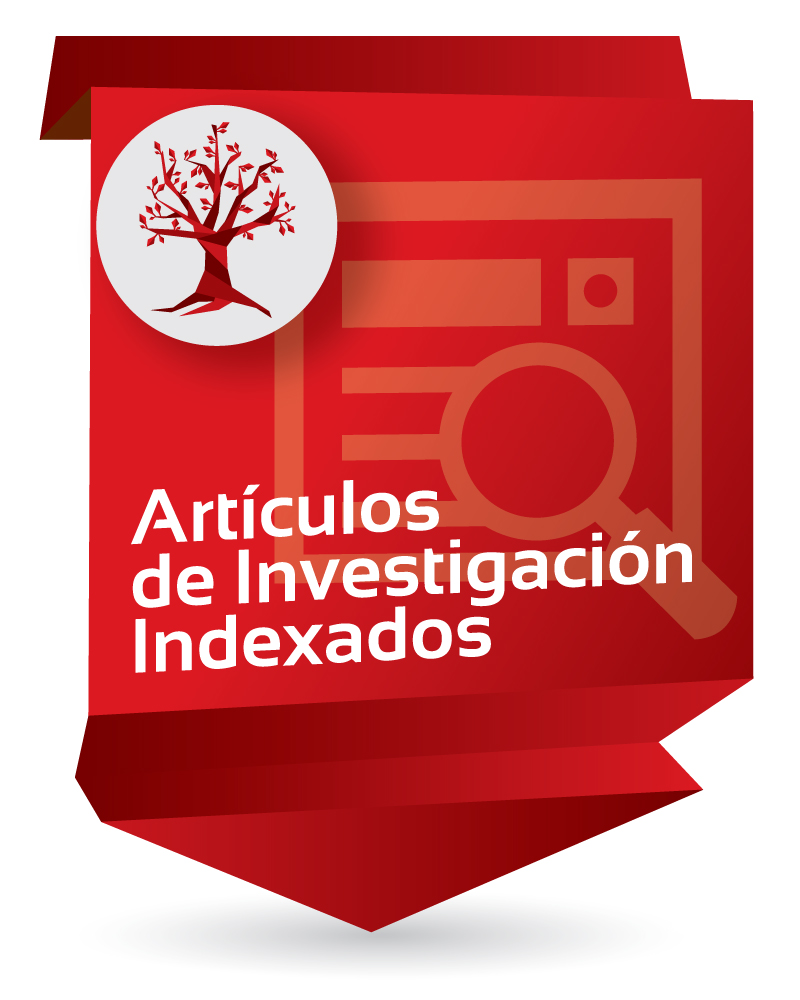Risk communication management through Facebook: Exploratory analysis of the initial strategies of 12 Latin American governments in the COVID 19 pandemic
La gestión de la comunicación de riesgo a través de Facebook: Análisis exploratorio de las estrategias iniciales de 12 gobiernos de América Latina frente a la pandemia de la COVID 19

Enlaces del Item
URI: http://hdl.handle.net/10818/48523Visitar enlace: https://revistadecomunicacion. ...
ISSN: 2227-1465
DOI: 10.26441/RC20.2-2021-A4
Compartir
Estadísticas
Ver Estadísticas de usoCatalogación bibliográfica
Mostrar el registro completo del ítemFecha
2021-08-15Resumen
The Sars-Cov 2 pandemic made governments rethink the forms of communication. Discur-sive strategies regarding the use of media and forms of communication focused on understanding the pandemic and communicating the risk. This article analyzes the cases of twelve Latin American countries regarding the Executive’s ability to adapt to risk communication, as the main tool for modifying habits and behaviors to prevent risk, as well as the potential use they gave to the social networks to establish imme-diate and real-time contact with its citizens. For this purpose, the study is theoretically based on the studies of risk communication, Agenda Setting, Framing and social networks. The investigation took the official Facebook accounts of the Presidency, Ministries / organizations in charge of public health and presidential personal accounts to analyze the content of the publications, from the first case of contagion reported in each country, until June 30, date of cut. A stratified random sampling was carried out for each country, re-sulting in a total of 1420 publications analyzed. The main results range from the multiplication of followers of followers to these official accounts, in the first 3 months of the arrival of the virus in each country, to the five themes and approaches that each nation managed to install in the agenda to communicate to its in-habitants the phenomenon. A difference can be identified between the speech that is handled in the social network and that perceived in the presidential pronouncements in the traditional media. La pandemia del Sars-Cov 2 hizo replantear las formas de comunicación de los gobiernos. Las estrategias discursivas en cuanto al uso de medios y las formas de comunicación se volcaron a entender la pandemia y comunicar el riesgo. Este artículo analiza los casos de doce países latinoamericanos frente a la capacidad del Ejecutivo en la adaptación a la comunicación de riesgo, como principal herramienta para modificar hábitos y conductas con el fin de prevenir el riesgo, así como el uso potencial que le otorgaron a las redes sociales para establecer un contacto inmediato y a tiempo real con sus ciudadanos. Para tal fin, el estudio se sustenta teóricamente desde los estudios de la comunicación de riesgo, la Agenda Setting, el Framing y las redes sociales. La investigación tomó las cuentas oficiales de Facebook de Presidencia, Ministerios/secretarías de salud y cuentas personales presidenciales para analizar el contenido de las publicaciones, desde el primer caso de contagio reportado en cada país, hasta el 30 de junio, fecha de corte. Se realizó un muestreo aleatorio estratificado por cada país, dando como resultado un total de 1420 publicaciones analizadas. Los resultados principales van desde la multiplicación de seguidores a estas cuentas oficiales, en los 3 primeros meses de la llegada del virus a cada país, hasta los cinco temas y enfoques que cada nación logró instalar en la Agenda para comunicar a sus habitantes el fenómeno. Se puede identificar una diferencia entre el discurso que se maneja en la red social y el que se percibe en los pronunciamientos presidenciales en los medios tradicionales.
Ubicación
Colecciones a las que pertenece
- Facultad de Comunicación [179]

















